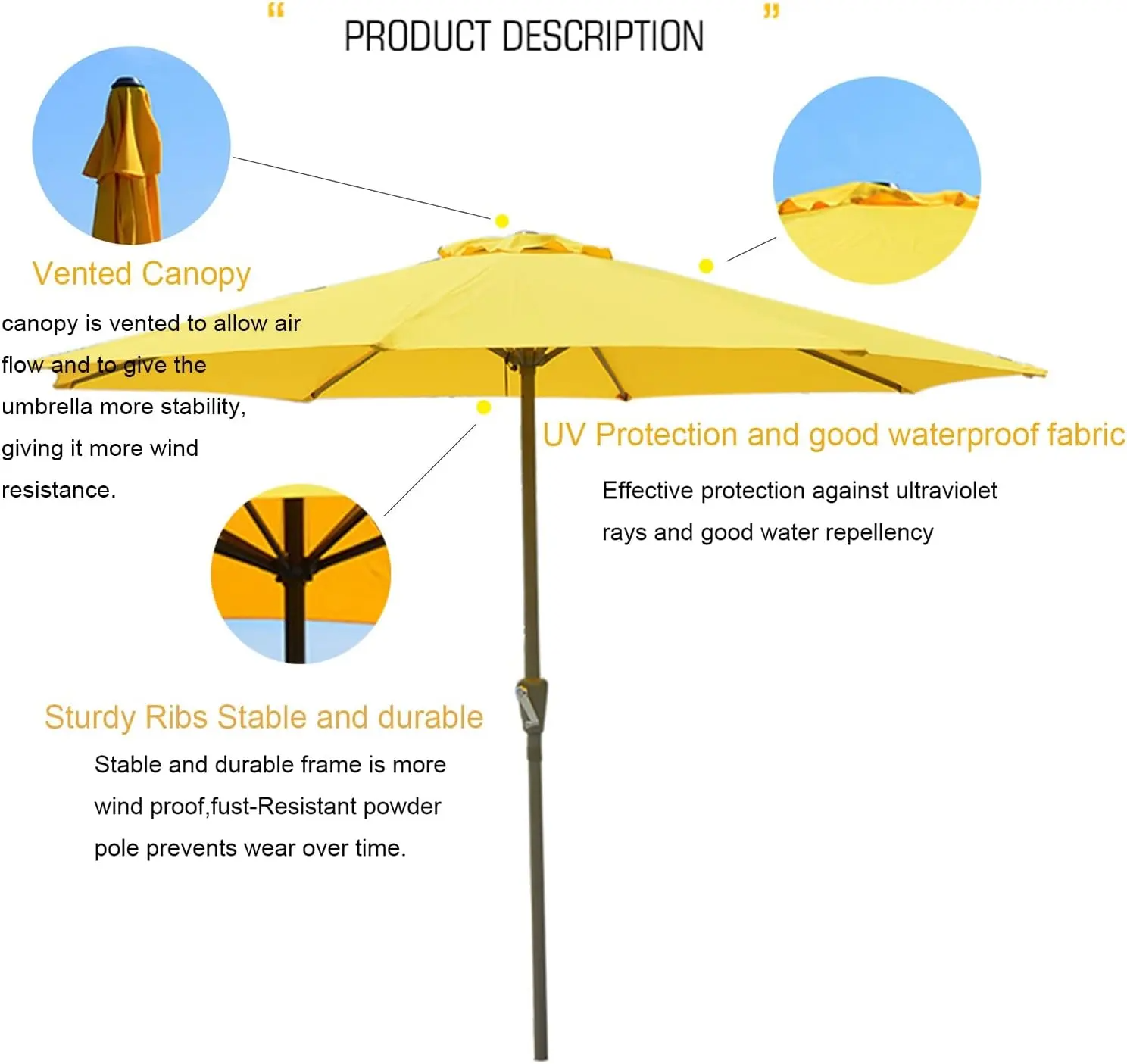
The umbrella pole, commonly referred to as the mast or shaft, serves as the central support for an umbrella, connecting the canopy to the base. It plays a vital role in keeping the umbrella upright and providing stability against wind and other weather elements. Although seemingly simple, the umbrella pole’s material, design, and functionality greatly affect the umbrella’s performance.
In this article, we will explore what an umbrella pole is called, the materials used, types of poles, and how they contribute to different umbrella styles.
The terms “mast” and “shaft” are frequently used to describe the umbrella pole:
While these terms can be used interchangeably, they both describe the same component: the central pole of an umbrella.
There are different types of umbrella poles designed to suit various environments:
| Type of Pole | Description | Common Use |
|---|---|---|
| Straight Pole | A simple, vertical design running from base to canopy. | Beach, patio, garden umbrellas |
| Tilted Pole | Allows for angling the umbrella to adjust shading. | Patio umbrellas |
| Telescopic Pole | Adjustable in height by extending or retracting. | Beach, portable umbrellas |
The choice of material for the umbrella pole affects its durability, resistance to weather, and portability. Common materials include:
| Material | Pros | Cons | Common Use |
|---|---|---|---|
| Wood | Elegant, blends with natural surroundings, durable. | Requires maintenance, prone to rot if untreated. | High-end garden, patio umbrellas |
| Aluminum | Lightweight, rust-resistant, low maintenance. | May bend under strong winds. | Beach, patio, garden umbrellas |
| Steel | Strong and stable, good for large umbrellas. | Heavier, prone to rust without treatment. | Patio, cantilever umbrellas |
| Fiberglass | Flexible, wind-resistant, lightweight. | Can be more expensive. | Beach umbrellas, windy areas |
Wood poles, for instance, offer a classic, natural aesthetic but need regular maintenance to prevent weathering. Aluminum poles, on the other hand, are popular for their rust resistance and light weight, making them ideal for outdoor environments, especially near the sea.

Different umbrella styles use poles in unique ways. Patio umbrellas typically have a pole that pairs with a table or heavy base, with options for tilt mechanisms to adjust shade. Beach umbrellas, by contrast, often feature lightweight poles with a pointed end for easy insertion into the sand. Cantilever umbrellas utilize an offset pole, allowing the canopy to provide overhead coverage without a central obstruction, ideal for covering larger spaces like outdoor seating areas.
Here are factors to consider when selecting an umbrella pole:
The umbrella pole, whether referred to as the mast or shaft, is an essential part of any umbrella. By selecting the right pole type and material, you ensure your umbrella is not only functional but also suited to your specific environment, whether it’s a windy beach or a peaceful garden. Understanding these differences can help you make an informed decision when purchasing your next umbrella.